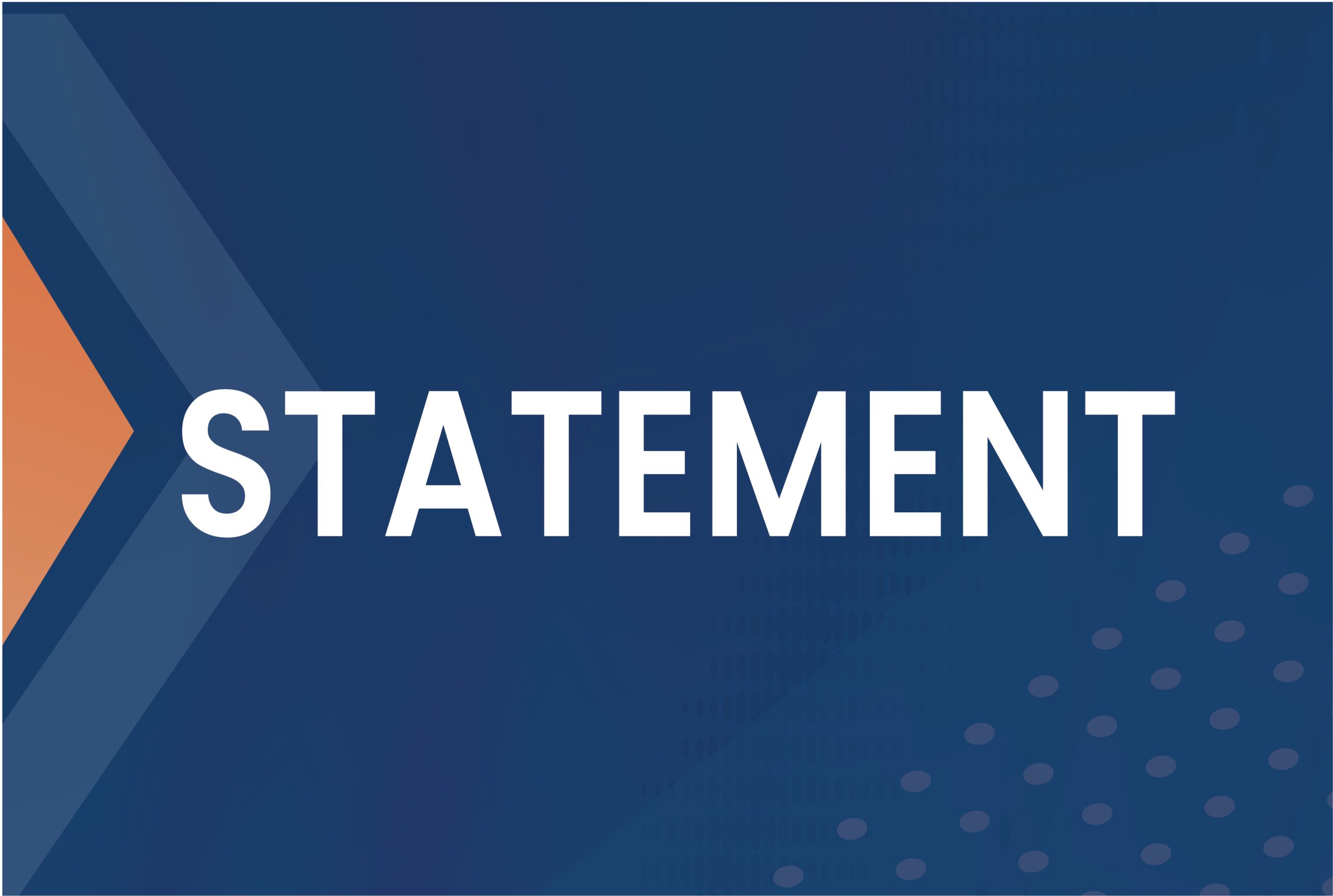“Our Healthy California for All agenda requires us to continue building momentum around addressing social drivers of health. As a key social driver of health, addressing the housing needs of Californians who have serious and chronic health conditions is as important as addressing their access to healthy food and life-saving medications. Housing is a key health service. To that end, we are thrilled to welcome the opportunity to be part of this important initiative that looks to bridge system silos to address the needs of our neighbors who have complex health needs and are experiencing or are at-risk of homelessness. This is another step in our collective pursuit to do more and do better by Californians, often who live in the shadows, and whose families and communities expect all of us to link arms and support them to thrive.
California is using all levers of government to meet the needs of people experiencing homelessness by providing housing solutions where health and social services are integrated. The Housing and Services Partnership Accelerator creates the space to work toward these goals alongside our local and federal partners to find and advance innovative solutions. We look to build on the bold steps we are taking to address the unmet needs for physical and behavioral health services, to create a range of housing options that are safe and stable, and to meet people where they are at.”
WHAT IS THE CONTEXT: CalHHS partnered with the UCSF Benioff Homelessness and Housing Initiative to release the largest representative study of homelessness in the United States since the mid-1990s, providing a comprehensive look at the causes and consequences of homelessness in California. The study found that the state’s homeless population on is aging, with 47% of all adults aged 50 or older, and that Black and Native Americans are dramatically overrepresented. Participants had experienced multiple forms of trauma throughout their life, increasing their vulnerability to homelessness and contributing to their mental health and substance use challenges. Two-thirds reported current mental health symptoms and more than a third experienced physical or sexual violence during this episode of homelessness. More than a third had visited an Emergency Department in the prior six months. One in five who used substances reported that they wanted substance use treatment—but couldn’t get it.
WHAT DOES THIS CONNECT TO: CalHHS, along with its departments and offices, has embarked on initiatives that look to transform systems, but when connected together, they look to ensure that government services are person-centered, equity-focused, and data driven.
- The California Advancing and Innovating Medi-Cal (CalAIM) is California’s transformation of our Medicaid program. CalAIM leverages Medicaid as a tool to help address many of the complex challenges facing California’s most vulnerable residents, such as those who are homeless, who have behavioral health needs, children with complex medical conditions, the growing number of justice-involved populations who have significant clinical needs, and the growing aging population.
- The California Master Plan for Aging is California’s blueprint for aging across the lifespan. The Master Plan for Aging calls on all California communities to build a California for All Ages & Abilities: for older Californians currently living through the many different stages of the second half of life; for younger generations who can expect to live longer lives than their elders; for communities of all ages – family, friends, neighbors, coworkers, and caregivers – surrounding older adults and people with disabilities.
- The California Behavioral Health Modernization efforts is an unprecedented set of investments, both one-time and ongoing, that dramatically expand community-based behavioral health care, housing and social supports for individuals living with mental illness and/or a substance use disorder. California has invested more than $10 billion into the behavioral health care continuum through initiatives like the Behavioral Health Continuum Infrastructure Program, the Behavioral Health Bridge Housing Program, new behavioral health initiatives under CalAIM, the California Bridge Navigator Program, the Behavioral Health Workforce Development Project, the Behavioral Health Justice Intervention Services Project, the Community Mental Health Equity Project, the Children and Youth Behavioral Health Initiative, Medi-Cal mobile crisis services, 988 expansion, and more. Of particular note, the pending Behavioral Health Community-Based Organized Networks of Equitable Care and Treatment (BH-CONNECT) Demonstration will establish a robust continuum of evidence-based community services for people with significant mental health conditions and/or substance use disorders, with key supports for fidelity monitoring and implementation.
- The California Health and Human Services Data Exchange Framework (DxF) is the first-ever, required statewide data sharing agreement of its kind in California and key to achieving the state’s plans for transforming healthcare, expanding coverage, advancing equity, and improving connections between health and social services entities. It facilitates the secure and appropriate exchange of health and social services information, giving providers a clear understanding of a patient’s full health history and the information needed to provide safe, effective, whole-person care.
BIGGER PICTURE: CalHHS has developed a comprehensive set of guiding principles and strategic priorities that look to bridge programs and systems to more intentionally serve Californians. This includes our vision for a Healthy California for All. A California where every individual belongs to a strong and thriving community. Where all our children can play and learn, and where we are confident that we have done all we can to pass to them a state they can lead into the future. Where older and disabled Californians can live with purpose and dignity, and where they are supported and valued. Where equity is not just a word or concept but the core value. Where we constantly pursue social and racial justice by not only lifting all boats but especially those boats that need to be lifted more. Where health care is affordable, accessible, equitable and high-quality so it drives toward improved health. Where we prioritize prevention and the upstream factors that impact an individual’s health and well-being. Where we are committed to tackling the economic inequalities that force many Californians to live on the street. Where necessities like housing and childcare are complimented by access to physical and behavioral health services. Where we see the whole person and where programs and services address the social, cultural and linguistic needs of the individuals they serve. Where climate threats collide with forward leaning health practices and policies that visibly turn the tide toward community resilience. And where we see our diversity as a strength, and where we embrace a joint responsibility to take care of one another.
###


